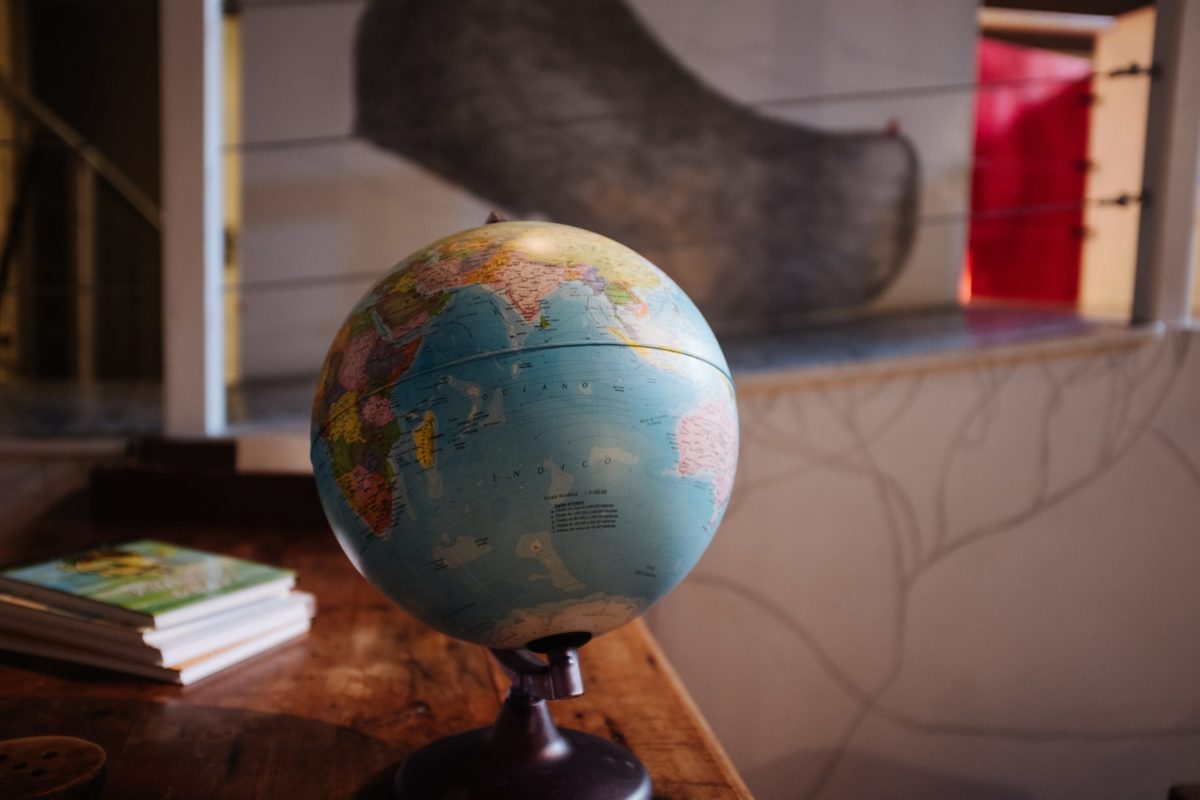The Spring Equinox arrives on March 19 this year, representing the first official day of spring. In Latin, the word equinox means “equal night,” which signifies that people experience an equal length of day and night on this date. It also means that going forward, the Northern Hemisphere tilts nearer to the sun, forecasting longer, brighter days ahead.
Many people list spring as their favorite season, and it’s easy to see why: spring fashion, spring vacations, spring flowers, and, of course, spring poetry. Famous voices from Sylvia Plath to Emily Dickinson have found inspiration in the season. These poems will help dethaw your spirit, embrace the beauty around you, and put a spring in your step—and in your writing!
“Prologue to Spring” by Sylvia Plath
In “Prologue to Spring,” Plath ruminates on how the beginning of spring carries a kind of stillness, almost as if the world is waking up from winter. As she describes, “Each fallen leaf is trapped by spell of steel, / Crimped like fern in the quartz atmosphere; / Repose of sculpture holds the country still.”
The poem seves as a single, distinct snapshot before Plath’s surroundings burst into activity. Read it for a quiet sense of peace and solitude.
“A Light Exists in Spring” by Emily Dickinson
Sometimes, the beauty of a moment or time period lies in its fleeting nature. In “A Light Exists in Spring,” Dickinson revels in the short-term luminescence of her favorite season, seizing it while she can. She goes so far as to call this light “a Sacrament,” writing, “A Color stands abroad / On Solitary Fields / That Science cannot overtake / But Human Nature feels. It waits upon the Lawn, / It shows the furthest Tree / Upon the furthest Slope you know / It almost speaks to you.”
Here, Dickinson celebrates nature—especially in the springtime—as a source of energy almost worth worshipping, and as a way to remain in tune with our inner-selves.
“Come Here to Me From Crete” by Sappho
In this poem, Sappho’s acclaimed eroticism becomes even more gorgeous when paired with lush springtime imagery. Specifically, she yearns for a reunion between her and her lover, setting the scene for how they will reunite among the beauty of nature.
Reading Sappho’s sensuous and abundant descriptions may inspire you to delve into spring’s undeniable romance with an intimate picnic or lakeside stroll. The poem perfectly embodies this tone: “Come here to me from Crete, to your temple / Where stands your lovely grove of apple trees, / Where holy altars smoke with frankincense; / Here cold water sounds through apple branches, / The ground is all carpeted with roses, / Enchanted sleep falls from shimmering leaves.”
“Instructions on Not Giving Up” by Ada Limón
Resilience is a common theme when writing about spring and is frequently a symbol of rebirth and hope in literature. Limón sees spring’s fledging nature as an example of courage. In fact, “Instructions on Not Giving Up” acts as a perfect example for poets wanting to turn a small observation into a big and powerful message.
She writes of trees, “When all the shock of white / and taffy, the world’s baubles and trinkets, leave / the pavement strewn with the confetti of aftermath, / the leaves come. Patient, plodding / a green skin / growing over what winter did to us, / a return / to the strange idea of continuous living despite / the mess of us, the hurt, the empty. Fine then, / I’ll take it, the tree seems to say, a slick new leaf / unfurling like a fist to an open palm, I’ll take it all.”
“Happiness” by Paisley Rekdal
Like Limón, Rekdal seems to view spring as a display of bold, joyful defiance. In “Happiness,” Rekdal asks the heavy universal questions: “Should it shrink back, wither, / and expurgate? Should, I, too, not be loved?”
However, Rekdal realizes she has the hopeful answers inside of herself and inside of nature. She responds, “I can stand for hours among the sweet / narcissus, silent as a point of bone. / I can wait longer than sadness. I can wait longer / than your grief.” Just as the spring forecasts both sun and storms, Rekdal flourishes in the space between mourning and celebrating, relishing in the nuance: “There is no end to ego, / with its museum of disappointments. / I want to take my neighbors into the garden / and show them: Here is consolation. Here is your pity. Look how much seed it drops / around the sparrows as they fight. / It lives alongside their misery. It glows each evening with a violent light.”
“Spring Letter from the South” by Keetje Kuipers
“Spring Letter from the South” is an epistolary poem in the form of a letter to the speaker’s mother. Given this format, Kuipers explores the season as a way of accessing memories across generations. She writes of her infant daughter, “Everything / the baby does — proclaiming song-words / to the birds, commanding trees / to hold still or spill their guts — / is magic I haven’t given up on yet.”
This newfound magic causes Kuipers to retrace her own past and her bond with her own mother. “When she sleeps pressed against / me, we still feel so young — all of us,” she writes. “Even the cemetery is beautiful / this time of year. Do you remember / when you were here? It’s like that.”
Feeling inspired? Think of a scene that feels quintessential to springtime. How can you use imagery, sound, and other poetic qualities to place the reader there? How can you encapsulate the feeling of spring within a poem?




